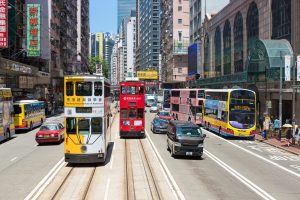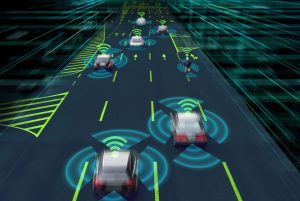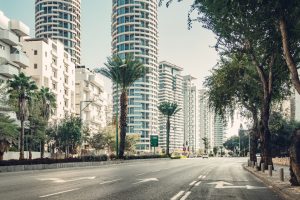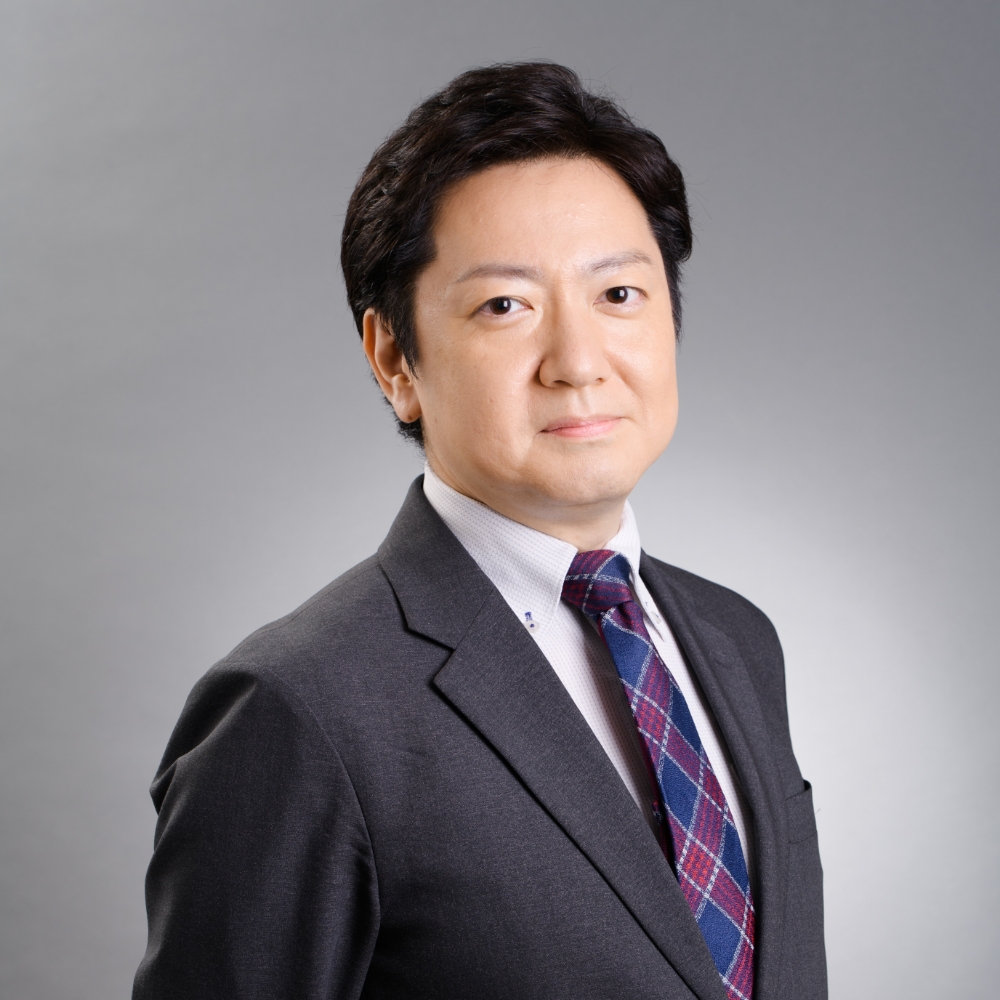Introduction
The automobile industry is said to have entered a once-in-a-century transformative period. In the midst of that transformative era, there are a variety of assumptions of changes in the future. In one of the assumptions, the transformation of mobility might be regarded as a part of future urban transformation. “Smart City” plans have been being developed around the world from city residents’ point of view with IT and other future advanced technologies such as IT for the purpose of resolving urban issues and of improving the efficiency of things. Among these smart city plans, Smart City project in Barcelona is one of outstanding projects that have a proven track record of impacting the mobility field. This article introduces the project in Barcelona.
About the Smart City of Barcelona
Barcelona is an early forerunner in embarking on urban transformation. Its proactive background in the area includes hosting MWC (Mobile World Congress), one of the world’s largest mobile phone-related exhibitions, every February. Since 2000, the city has promoted large-scale Smart City projects aimed at generating creative industries and innovation. From 2006 to 2008, Barcelona implemented the project known as Innovative Cities for the Next Generation (ICING), an urban management initiative making use of sensors. This project is considered to be one of the world’s earliest examples of urban management using sensors. In the wake of the Spain’s 2012 financial and economic crisis, the project is being revised into the current Smart City-oriented policy by which the government and citizens work together toward the alleviation of traffic congestion, improvement of energy efficiency, and other societal issues. As an introduction to initiatives by Barcelona under its Smart City plans, this article will introduce two major mobility-related projects (Superblocks and Ring roads), along with the Sentilo integrated system that aims to balance comfortable mobility with the environment.
Superblocks
Superblocks are a transportation-related measure proposed by the Agència d’Ecologia Urbana de Barcelona (Urban Ecology Agency of Barcelona) to the municipal government. The urban portion of Barcelona is organized by a block whose width is 133.4m x 133.4m. The city’s transportation plan is being reorganized with the nine blocks grouped into one 400m x 400m “superblock.” Vehicles can generally run at less than 10 km/h around a superblock and are restricted from entering it while residents and transport vehicles are allowed to enter it as an exception. The basic concept of the Superblocks holds that if the rule is applied throughout the urban portion of the city, the percentage of the city’s space reserved for pedestrians and greenery will increase and the generation of exhaust gas will be suppressed. Superblocks is said to have enhanced comfortability by giving priority to pedestrians on roads in central areas, reducing the inflow of cars and creating public spaces.
Conceptual diagram of super blocks
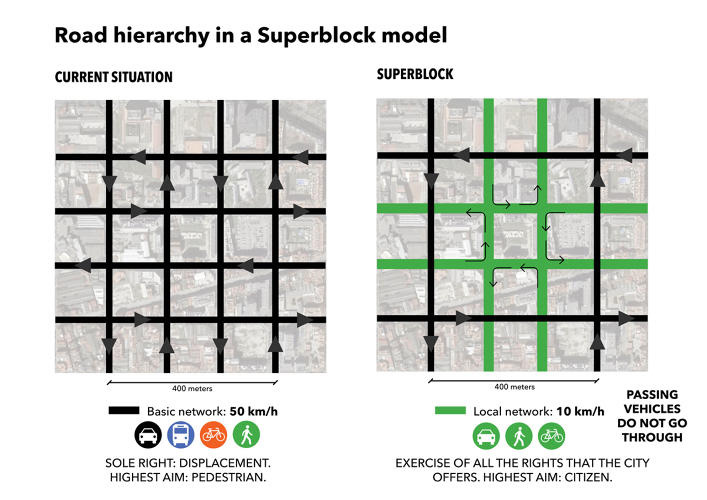
Source: Ajustment de Barcelona
Superblocks is a plan to develop the grid-like layout of streets in the urban center, to control the entry and flow of cars automobile traffic and to create pedestrian-only streets and new public spaces.
All streets in the grid-liked blocks are one-way, with traffic speed limited to low speeds.
The result is that roads previously occupied by automobiles have been returned to local residents and that some communities could be being revived.
Ring roads
Another project, ring roads, was originally created with the purpose for restricting automobiles from entering the area inside the ring road constructed for the Olympic Games. The concept was then rethought to redefine the region by dividing it into four major areas to take advantage of topography surrounded by mountains and the sea. The project’s view goes beyond simple comfort to encompass resolution of the climate change issues being debated worldwide, with discussions tackling the creation of a green city that coexists with nature. The development of waterfront areas where citizens can relax is also underway, with the goal for residents to enjoy varied experiences by making the most of the environment in each area. In the end, it is said that 80% of the roads will be open to citizens, that the heat island phenomena and noise have been reduced and that preservation of biodiversity has been also proceeded.
Sentilo system
The Sentilo system is an IoT platform that has been under development by the city of Barcelona since November 2012. While the system is a platform for IoT and other sensor data, it is also regarded as one of elements of which the CityOS platform consists for aggregating and utilizing city-related data. The most famous actual case of this Sentilo system application is the use of sensors in trash cans, which has succeeded in reducing costs related to trash collection by checking trash volume, temperature inside trash cans and other sensor-based data in real time. In addition to this example, the city of Barcelona also aims to improve the efficiency of urban management operations by applying the Sentilo system in various areas including smart parking and noise. The Sentilo system has been released as open source, and activities are underway to expand it to cities outside Barcelona.
Conceptual diagram of the Sentilo”system and CityOS
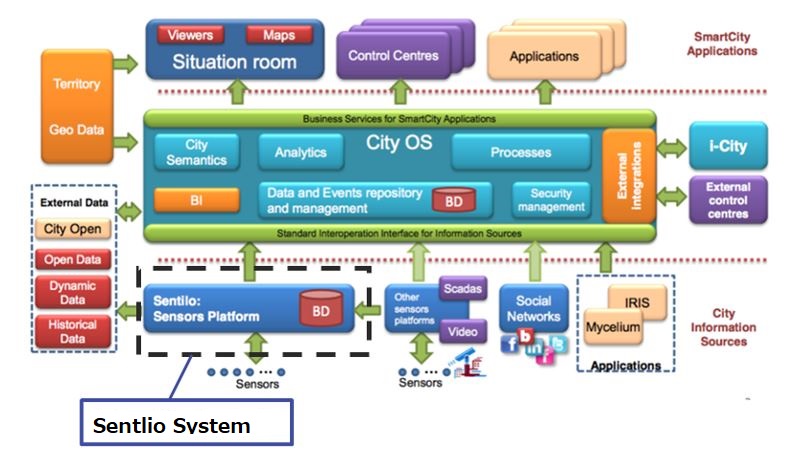
Summary
When new technologies are introduced into the mobility field in the way that is happening today, other infrastructures like one for road maintenance and for refueling will be required. There is also the possibility that mobility will significantly change for outweighed benefits like environmental protection for urban residents. While I believe that considerable efforts and time will be required for Smart City plans to bear fruit, I hope that the introduction of new technologies will lead to the creation of new urban functions and to the revitalization of industries including mobility.
Reference materials
- https://www.jstage.jst.go.jp/article/jvs/38/150/38_24/_pdf
- https://ideasforgood.jp/2020/03/05/barcelona-smartcity/
- https://dime.jp/genre/861138/
- https://gazoo.com/smartcity/barcelona/200306.html
- https://kenchiku.co.jp/online/interview/interview_no019.html
- https://www.jst.go.jp/inter/paris/interview_vol05_JP.html



